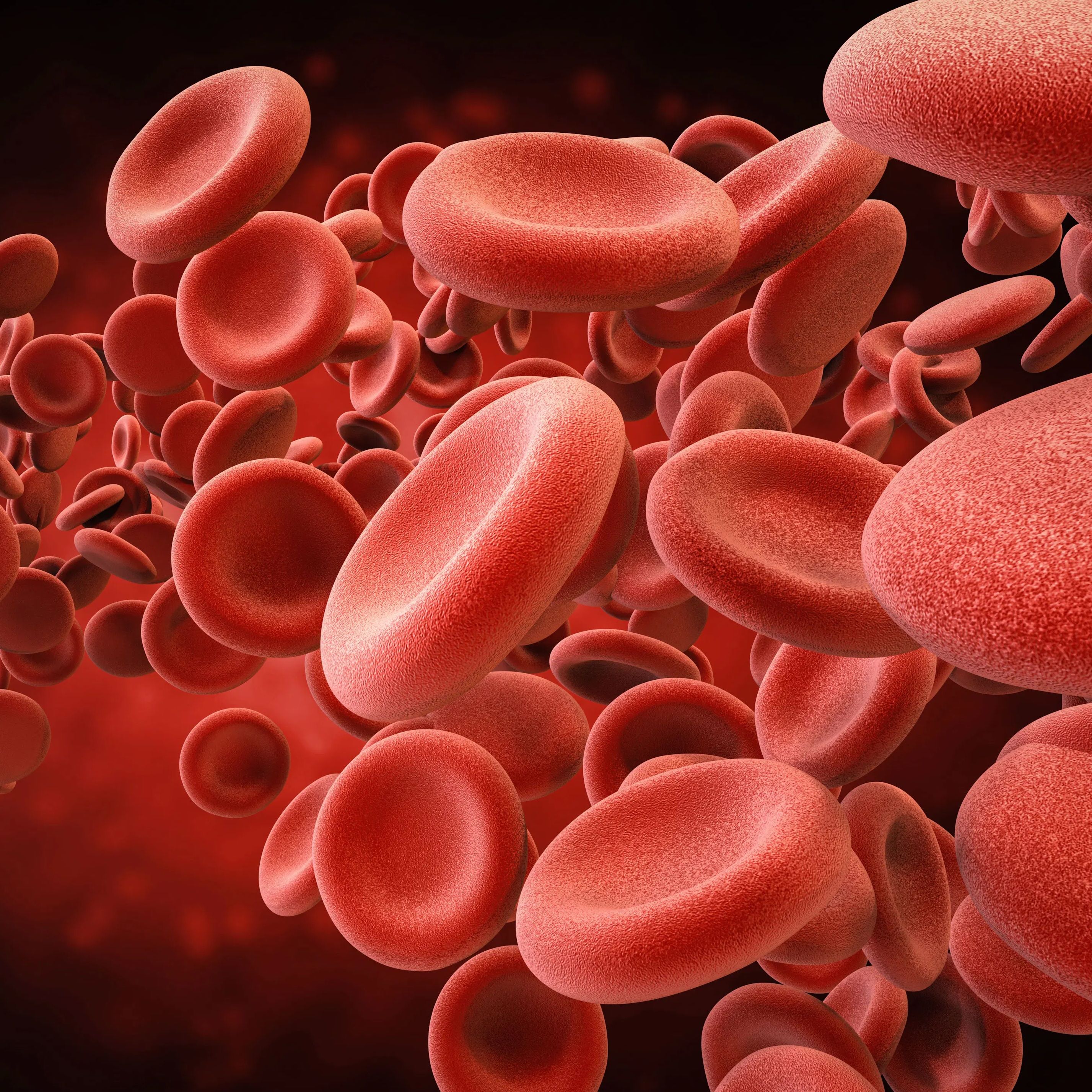Video
Quadruple Therapy for Patients With Heart Failure
Author(s):
An expert cardiologist reviews the foundational pillars of quadruple-based, guideline therapies for heart failure, as well as the contraindications for these drugs.
Anuradha Lala-Trindade, MD: Discussing the foundational pillars of quadruple-based guideline directed medical therapy for heart failure with reduced ejection fraction is the new standard. That is really important. New or not so new, quite frankly, it is the standard. So, the 4 pillars of guideline-directed medical therapy are constituted of an ARNi [angiotensin receptor/neprilysin inhibitor], followed by an ACE [angiotensin converting enzyme] inhibitor or an ARB [angiotensin receptor blocker]. So, first you're looking for the angiotensin neprilysin inhibition. And then, SGLT2 [sodium-glucose cotransporter-2] inhibitors, of course, have made a tremendous difference in how we're treating patients across the spectrum of ejection fraction. But coming back to the reduced ejection fraction, the third element, in no particular order, would be a mineralocorticoid receptor antagonist such as spironolactone or eplerenone. And then, finally, of course, our beta-blockers that are evidence-based, which consist of bisoprolol, metoprolol succinate, as well as carvedilol.
In terms of contraindications to any of these medications, I think that's a really important question to ask. Certainly, if an individual has experienced angioedema in response to an ACE or an ARB, one would be cautious in terms of pursuing an ARNi. That might be an individual who we'd like to look at alternative therapies for such as hydralazine nitrates. Many of these drugs have not been adequately studied in patients with end-stage renal disease, or GFR [glomerular filtration rate] less than 20. Though there are suggestions based on observational data that, it's likely still safe and important for the purposes of improving heart failure outcomes. I think they haven't been adequately studied, so that's something to be mindful of. Certainly, when the eGFR [estimated glomerular filtration rate] is that low, I'm less inclined to using a mineralocorticoid receptor antagonist like spironolactone or eplerenone. Similarly, SGLT2 inhibitors, depending on which one you're looking at, are really only studied in the population with eGFR over 20-25, depending on the study, of course. But there is ample data to suggest that they actually improve renal outcomes, so I personally am quite liberal in their use. And then for women who are actively lactating, seeking pregnancy, or are pregnant, those are patients that you do not want to have, ideally, on an ACE inhibitor, an ARB, or ARNi to that extent. And there are alternatives in terms of being on MRA [mineralocorticoid receptor antagonist] as well as SGLT2 inhibitor. Certain alternative beta-blockers might be in order in those individuals.
Transcript edited for clarity





